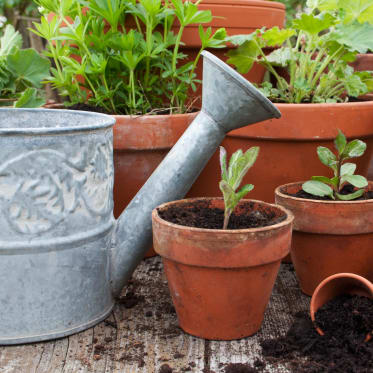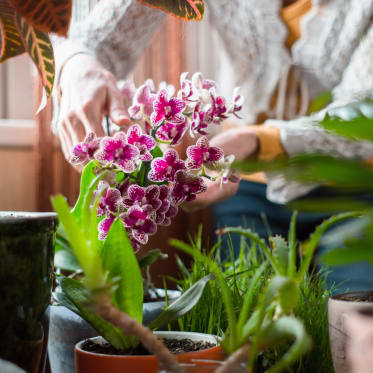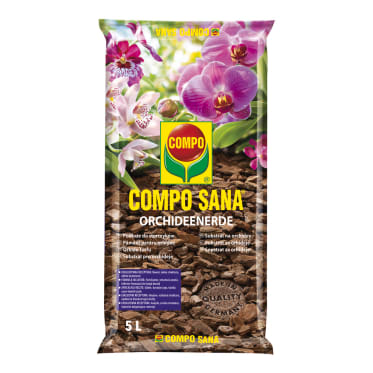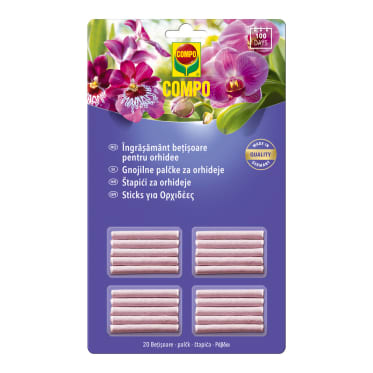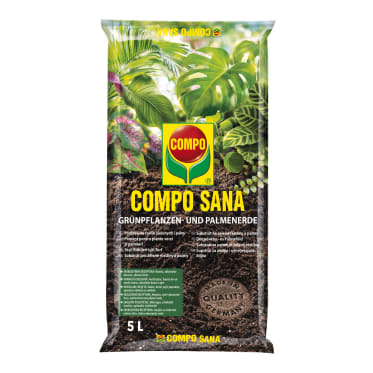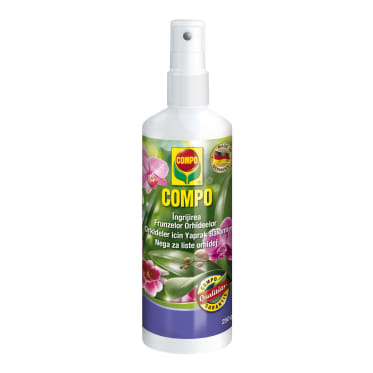Frequent search terms
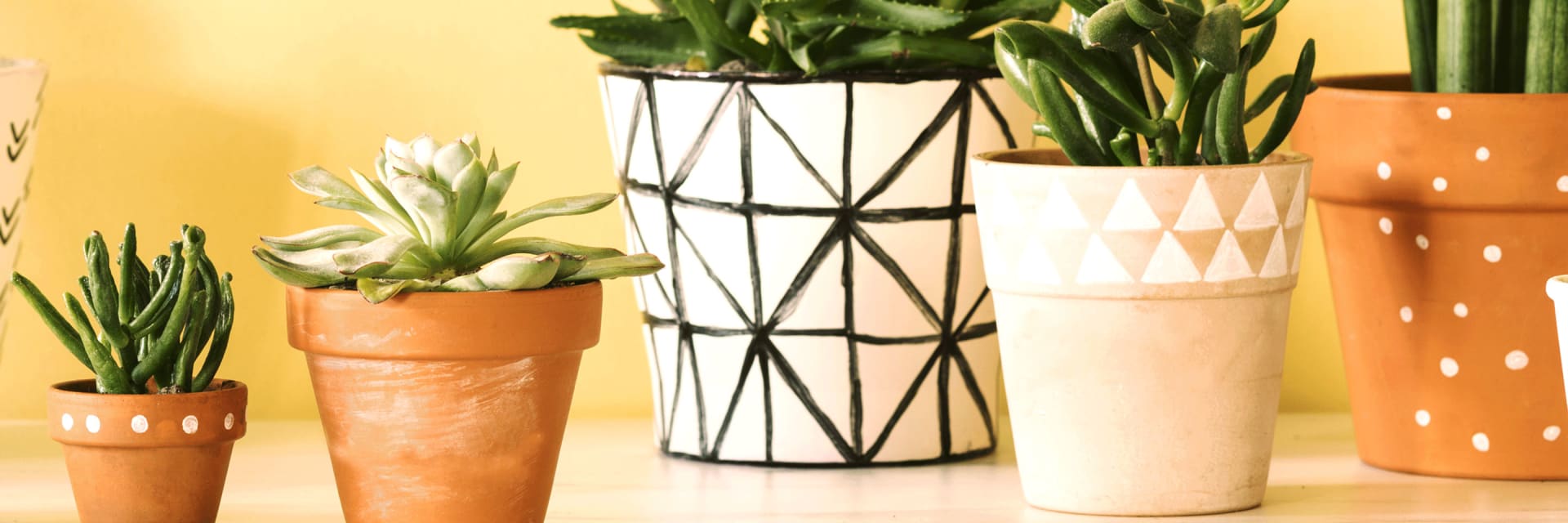
- COMPO
- Guide
- Plant Care
- Indoor plants
- Tips and tricks for caring for indoor plants properly
Tips and tricks for caring for houseplants properly
Many houseplants originally come from tropical regions and need a lot of light or water. Regular care is required to ensure that your houseplants grow strong and remain healthy. Find out more about caring for houseplants here.
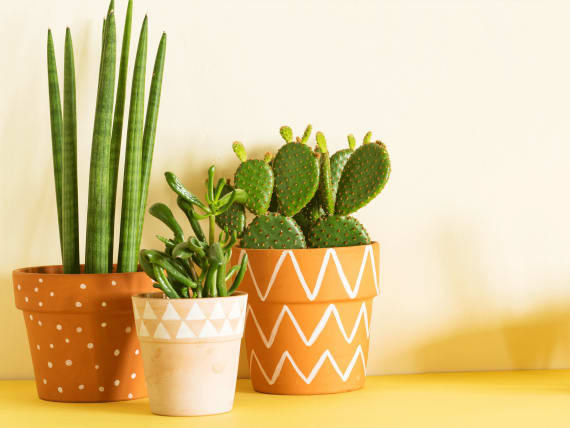
Requirements of houseplants
Houseplants are right on trend and fit in perfectly with the décor of all rooms. The plants bring life to your flat and improve the indoor climate. A distinction is mainly made between non-flowering plants and flowering plants.
Non-flowering plants
Non-flowering plants are particularly suited to your flat or house, as they have beautiful green leaves throughout the year. In the winter, the plants grow more slowly, but growth indoors predominantly depends on the location, the room temperature and, of course, care. Popular non-flowering plants are Monstera, succulents, cactuses, bonsai trees, yucca palm trees or rubber plants.
Flowering plants
Flowering plants in your flat or house are beautiful to look at all year round. Even if snow is falling outside, they create colourful accents and decorate rooms beautifully. Popular flowering plants are orchids, cyclamen, peace lilies and bromeliads. Like non-flowering plants, flowering plants want to be watered and fertilised regularly.
Caring for houseplants properly
Watering
The following applies for watering houseplants: Avoid waterlogging at all costs! If this fails, the roots will die off and the plant will no longer be able to adsorb water and nutrients. Accordingly, don't water them until you have checked how moist the soil is. To do this, use your finger to test the soil moisture at a depth of a few centimetres. It is often the case that the soil surface has dried out but there is plenty of moisture a few centimetres below.
Leaf care
Make sure to regularly dust the leaves of your plants. This allows the plants to breathe again. To do this, it is best to use a damp cloth or COMPO leaf care products. In the winter months in particular, the leaves should also be sprayed with some water. This counteracts the dry heating air. You should also regularly remove dry leaves and flowers. Fungus tends to infest dead plant debris.
Nutrient supply
Each plant needs nitrogen, phosphate and potassium as nutrients for growth and health, so fertilise your houseplants on a regular basis. COMPO's fertilisers for non-flowering and flowering plants have been specially tailored to the requirements of your houseplants. A simple alternative to using liquid fertilisers are COMPO's fertiliser sticks or growth feed. They provide your plants with all necessary nutrients over the long term.
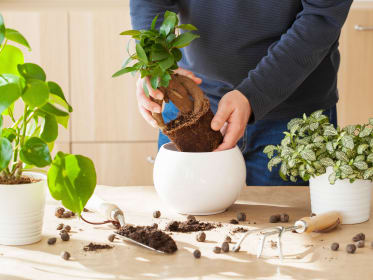
Regularly repotting houseplants
Regular repotting is indispensable to healthy plant growth. The plant roots in the pot in the course of months and years, then the pot becomes too small. As a result, the roots grow along the pot wall and the growth above soil decreases.
So, repot your houseplants every two to three years and larger plants every four to five years in fresh soil. Choose a larger pot for this. The roots can develop very well and the leaves become larger and stronger in the fresh and loose soil.
You might also be interested in these topics
Suitable products for your houseplants



